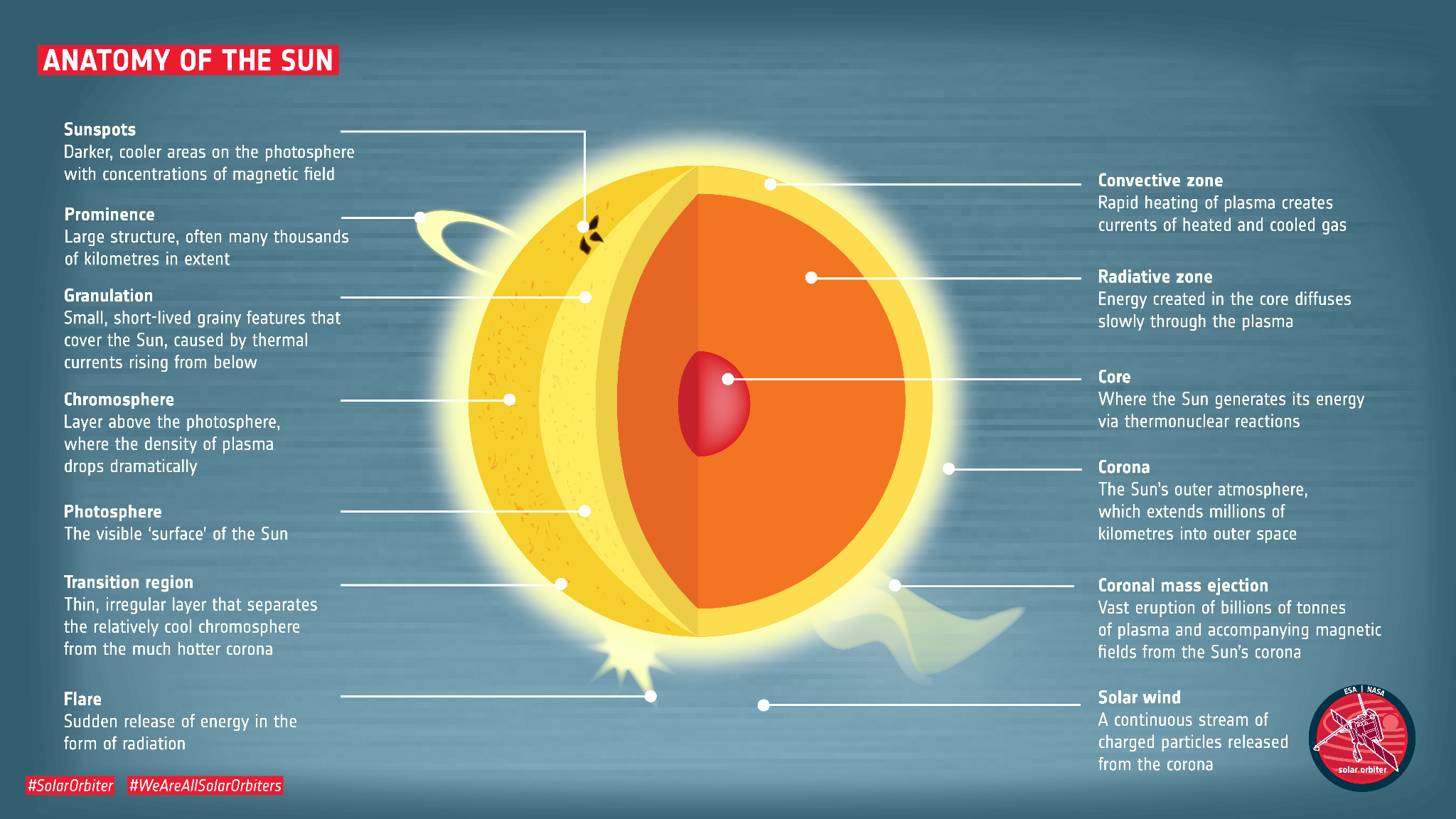Rapid Fire
Miniature Coronal Loops
- 08 Jul 2025
- 2 min read
Astronomers from the Indian Institute of Astrophysics (IIA) have unveiled tiny, short-lived plasma loops in the Sun’s lower atmosphere that could hold the key to understanding how the Sun stores and releases magnetic energy.
- These miniature coronal loops, only 3,000–4,000 km long and <100 km wide, were previously undetectable due to their size and brief lifespan (lasting just a few minutes).
- They offer insights into magnetic reconnection (a process that releases sudden bursts of energy in the solar atmosphere), and are linked to plasma jets erupting from their tips, mirroring larger solar coronal events (like solar flares and coronal mass ejections ).
- Differential Emission Measure (indicates the amount of emission from plasmas at a specific temperature) analysis showed that the plasma temperatures in miniature coronal loops reach several million degrees, which is unusually high for the chromosphere, where plasma densities are significantly higher than in the corona.
- This challenges existing solar heating models, which struggle to explain such extreme temperatures in the Sun’s lower atmospheric layers.
- Future telescopes like India’s National Large Solar Telescope (NLST) in Ladakh may help explore these features further.
- NLST is a proposed ground based optical and near infra-red (IR) observational facility in the country. It is designed to address an array of key scientific issues related to origin and dynamics of solar magnetic fields.
| Read more: Coronal Mass Ejections |







